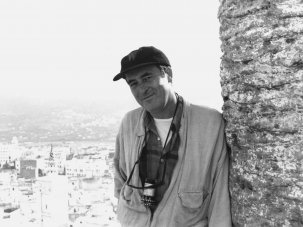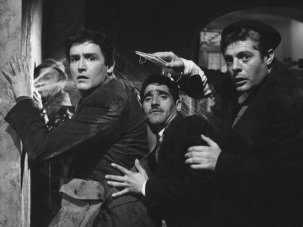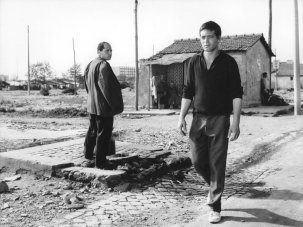Web exclusive
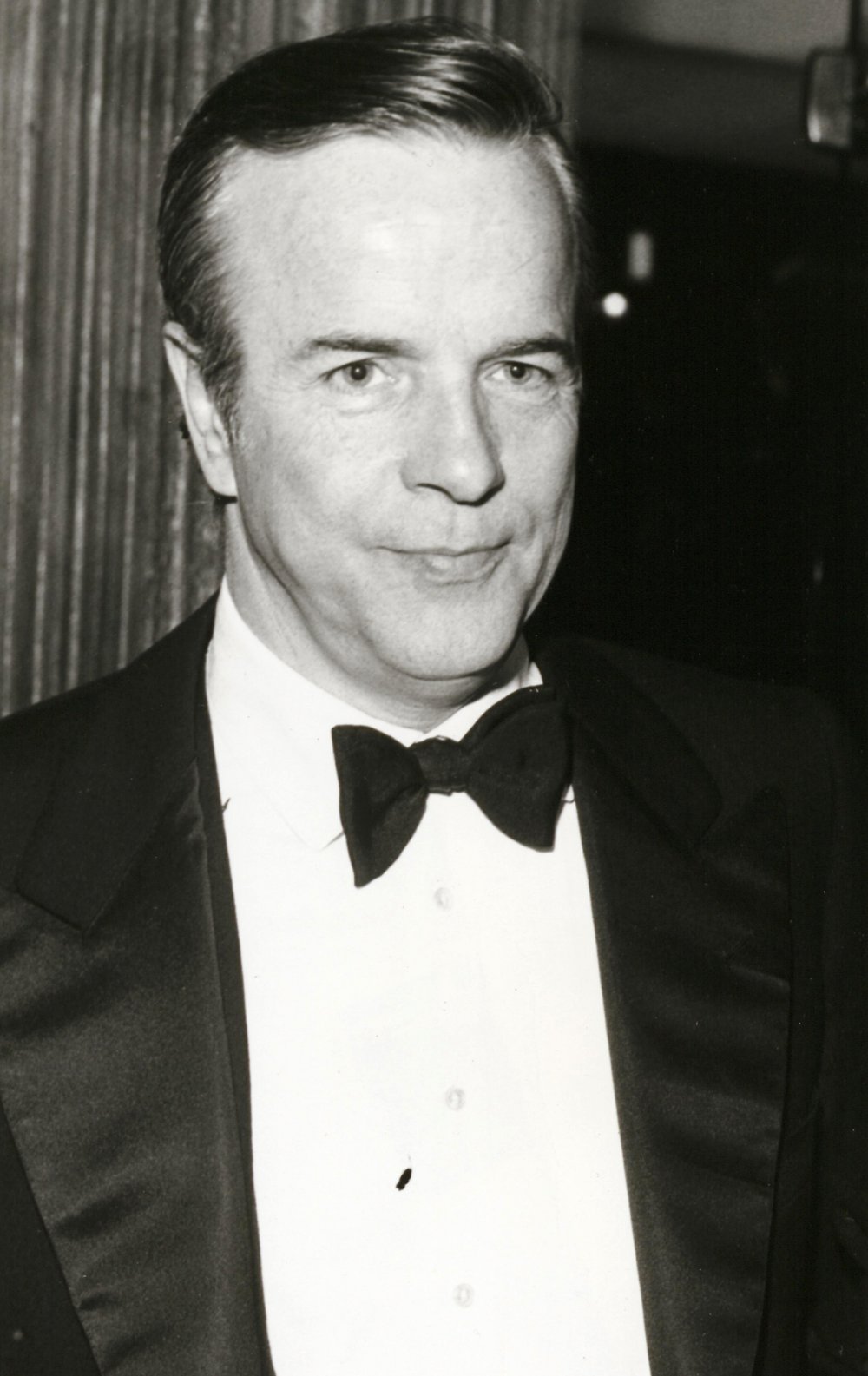
Before Baz Luhrmann’s Romeo + Juliet (1996), there really was only one truly successful film made from Shakespeare’s play about the ‘star-crossed’ lovers, and it was directed by Franco Zeffirelli. Zeffirelli shook up the theatre world with his 1962 stage production at the Old Vic, casting two untried actors (Judi Dench and John Stride), recreating a heat-baked, dusty Italianate setting and privileging youthful ardour over exquisite verse-speaking.
Then in 1968 – the year of student revolt – he took the same approach with his film adaptation, shooting on locations in Viterbo, Tuscany and Perugia, and casting two beautiful but unknown teenagers (Leonard Whiting, Olivia Hussey). With its ripe love theme composed by Nino Rota, and a little teasing nudity, audiences world-wide were seduced and deeply moved. I well remember seeing it once at a matinee in my home city of Cambridge: at first I was alone in the stalls, then I was suddenly surrounded by a large and noisy party of very ungenteel schoolgirls. But when the film began, they soon fell silent, and by the closing credits I was drowning in a sea of tears.
Romeo and Juliet showed the strengths of Zeffirelli as a director, both as a provoker of emotions and a visual stylist. Of course his other great passion was for opera, and his productions are still performed in houses around the world that can afford their lavish proportions. They are filled with breathtaking coups, such as the vast split-layer set which opens Act Two of La Boheme and the startling transition in Turandot through a brief blackout from an empty stage to one teeming with people. Zeffirelli was not a man to be inhibited by good taste or modesty when the subject matter offered itself to a heightened reality. And by most accounts, he was himself larger than life in his opulent lifestyle, fierce temperament and refusal to encompass any notions of compromise.
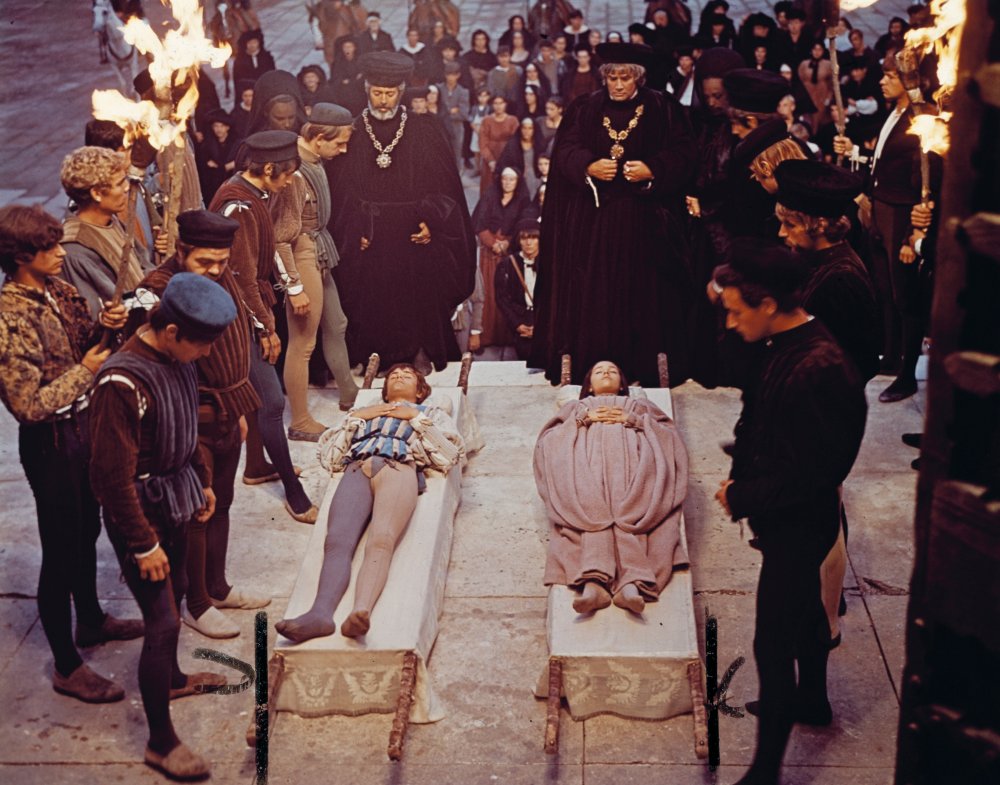
Leonard Whiting and Olivia Hussey in Romeo and Juliet
Gian Franco Zeffirelli was born in Florence in 1923, the illegitimate child of a fashion designer and a silk merchant. His mother wanted him to be named ‘Zeffiretti’ (‘little breezes’, after a Mozart aria), but the clerk misheard and he was registered as Zeffirelli. Mainly brought up by cousins, he often enjoyed the company of a group of ex-patriate English ladies, an experience he later recreated in the film Tea with Mussolini (1999). During the war, Zeffirelli joined the Resistance, and his command of the English language gave him employment as a translator for the allied forces.
While training to be an architect, he saw Olivier’s film of Henry V (1944) and decided on a life in the theatre as a designer, beginning as an assistant to Luchino Visconti – and eventually also his lover. Among Zeffirelli’s first experiences in cinema were working with Visconti on La Terra Trema (1948), Bellissima (1951) and Senso (1954). But just as that relationship came to a sour end, Zeffirelli made the transition to designer and director in the opera house, and scored a triumph with Maria Callas in La Traviata in Dallas in 1958, followed by productions in London of Lucia Di Lammermoor with Joan Sutherland in 1959 and with Callas again in Tosca in 1964. A few years after that he hoped to make a film of Tosca with Callas – who had deserted the stage for Aristotle Oanasis’s yacht – but rights problems put an end to it. Zeffirelli’s last film, Callas Forever (2004), had Fanny Ardant playing the reluctant diva pursued by a fictional producer (Jeremy Irons) to make a cinema version of Carmen, a far less convincing idea but presumably one free of copyright restrictions.
Zeffirelli’s debut as a movie director was a light Italian comedy, Camping (1957). His first major film was originally to have starred Marcello Mastroianni and Sophia Loren as the feisty couple in Shakespeare’s The Taming of The Shrew, but after witnessing a real-life spat between Richard Burton and Elizabeth Taylor he realised the infamous couple were the obvious casting. As in Romeo and Juliet, the authentic Italian locations play a key role in the success of the film, which was hardly subtle but certainly entertaining.
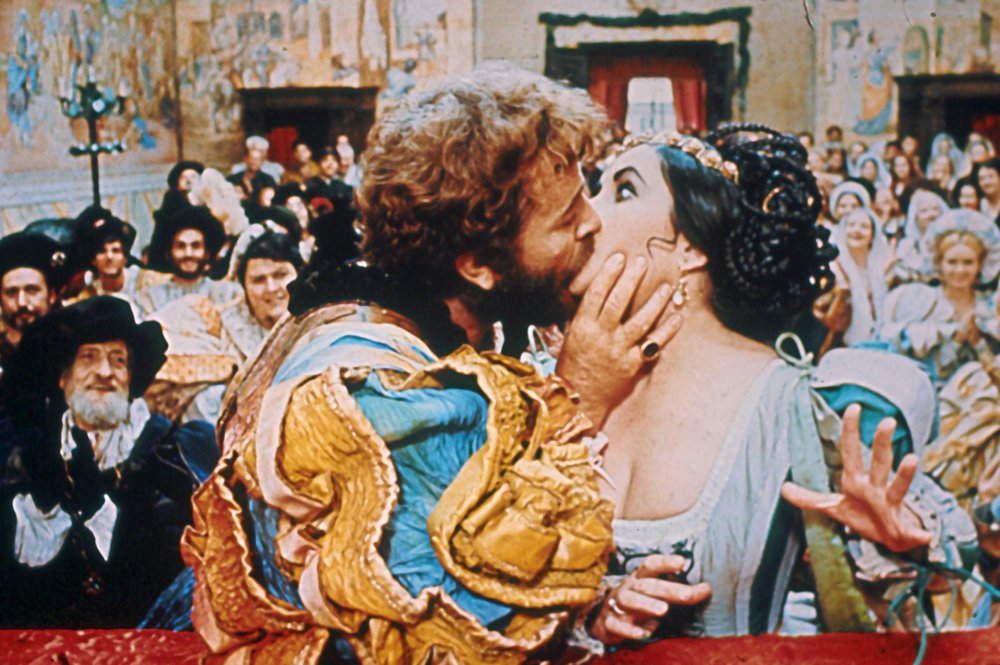
Richard Burton and Elizabeth Taylor in The Taming of the Shrew
Zeffirelli’s subsequent films never really recaptured the energy and freshness of these two ventures. A staunch Catholic – though openly gay himself, he refused to challenge the church over its attitude towards homosexuality, and in later years was violently anti-abortion – Zeffirelli took on next St Francis of Assisi in Brother Sun, Sister Moon (1972) and then the life of Christ in the television mini-series, Jesus of Nazareth (1977). The latter was scripted by Anthony Burgess, who underlined the challenging side of the Messiah (played by Robert Powell) while winning the approval from all denominations and leaving the director to follow traditional Renaissance imagery. The former portrayed the saint as a proto-hippy, and its languorous pace was underlined by a soundtrack provided by Donovan.
A flirtation with Hollywood followed, producing an over-lachrymose re-make of The Champ (1979), and an attempted update of Romeo and Juliet with Endless Love (1981), the title of which proved to be all too apt. Zeffirelli fared better when he returned to the classics: both his Hamlet (1990), starring an effective Mel Gibson, and Jane Eyre (1996), with Charlotte Gainsbourg and William Hurt, were notably restrained and even classical in conception. Two other films, Young Toscanini (1988) and Sparrow (1993), have all but disappeared from sight, the former notable mainly for its disastrous premiere at the Venice Film Festival.
Although many of his opera productions were filmed from the stage for television, and are still seen today in cinema relays, Zeffirelli only made two studio-based opera movies, both from Verdi. La Traviata (1982) featured Teresa Stratas and Placido Domingo, and Domingo took on the title role in Otello (1986). As films they are weighed down by ultra-lush visuals (the director was very fond of heavily filtered photography), and in order to reduce Otello to a standard feature length, Zeffirelli infuriated many by cutting Desdemona’s Willow Song.
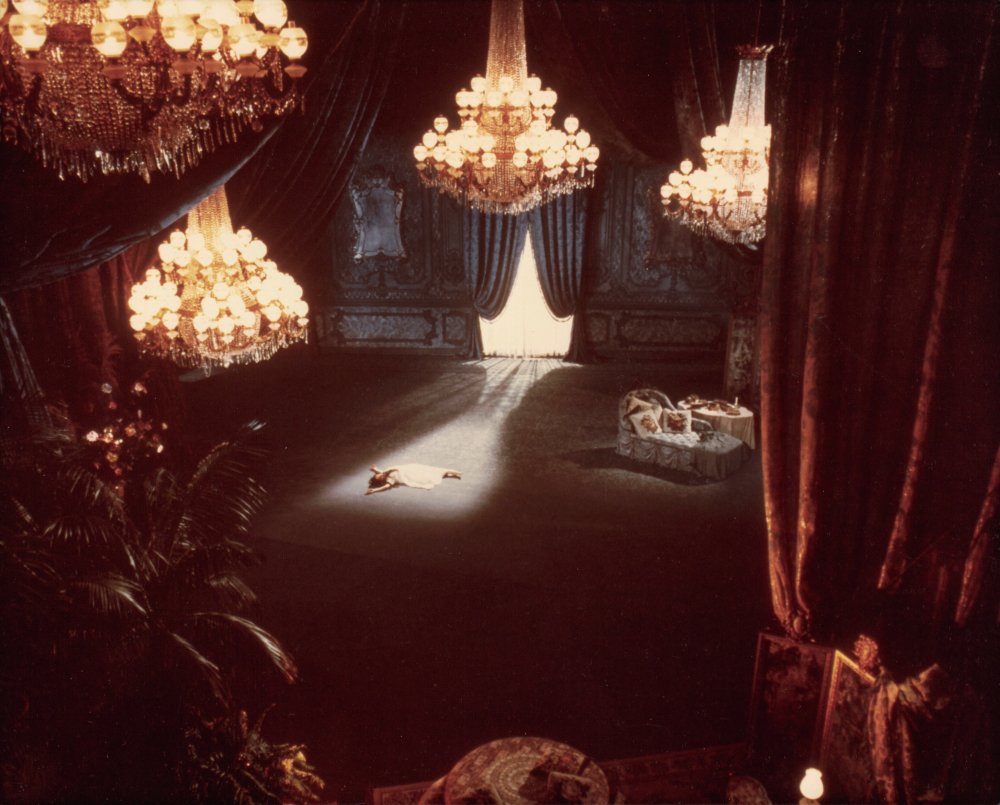
La Traviata
In the bigger picture, Zeffirelli’s love of gorgeous design and big emotions found him really more at home in opera than cinema and theatre. He was often outspoken and controversial in his tastes and politics, condemning Scorsese’s Last Temptation of Christ (1988) as the product of “that Jewish cultural scum of Los Angeles which is always spoiling for a chance to attack the Christian world”. In Italy he supported Berlusconi and served in the Italian senate representing the centre-right Forza party, though apparently his attendance record was dismal.
He was publicly accused twice by young male actors of sexual assault; in the case of Bruce Robinson, who played Benvolio in Romeo and Juliet, the writer-director used his experience as the inspiration for Uncle Monty in Withnail & I (1988), the query “Are you sponge or stone?” being allegedly lifted from Zeffirelli’s own speech of seduction. But none of this has detracted from the immense respect he commanded in his professional life, and nor will the power and conviction of his finest work be easily forgotten.
-
The Digital Edition and Archive quick link
Log in here to your digital edition and archive subscription, take a look at the packages on offer and buy a subscription.




